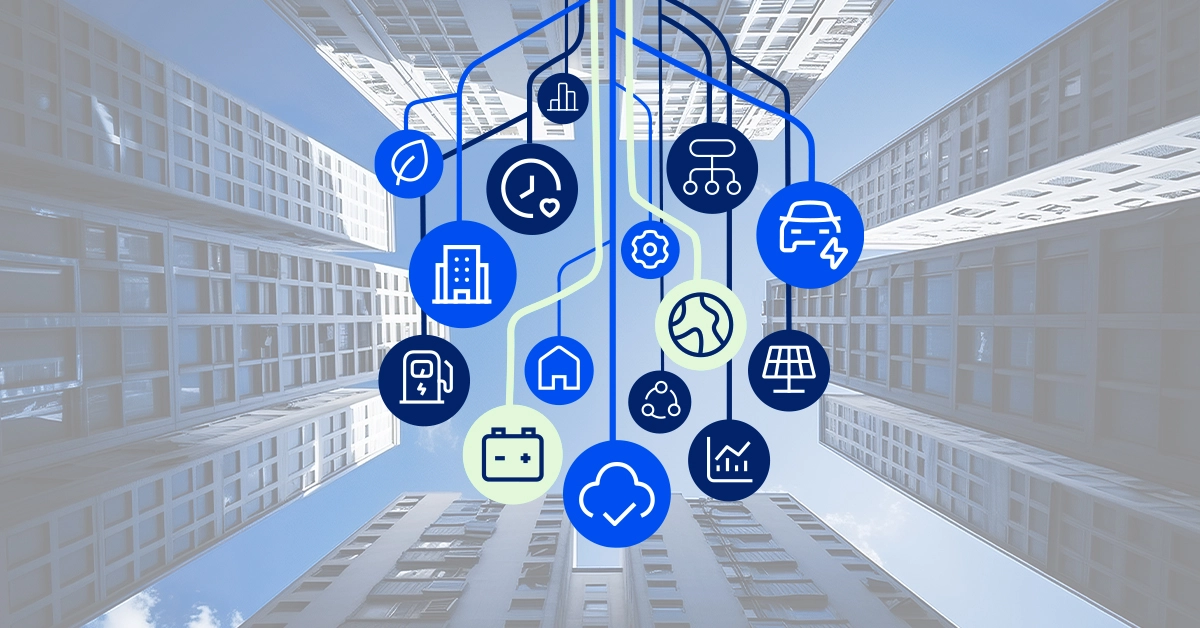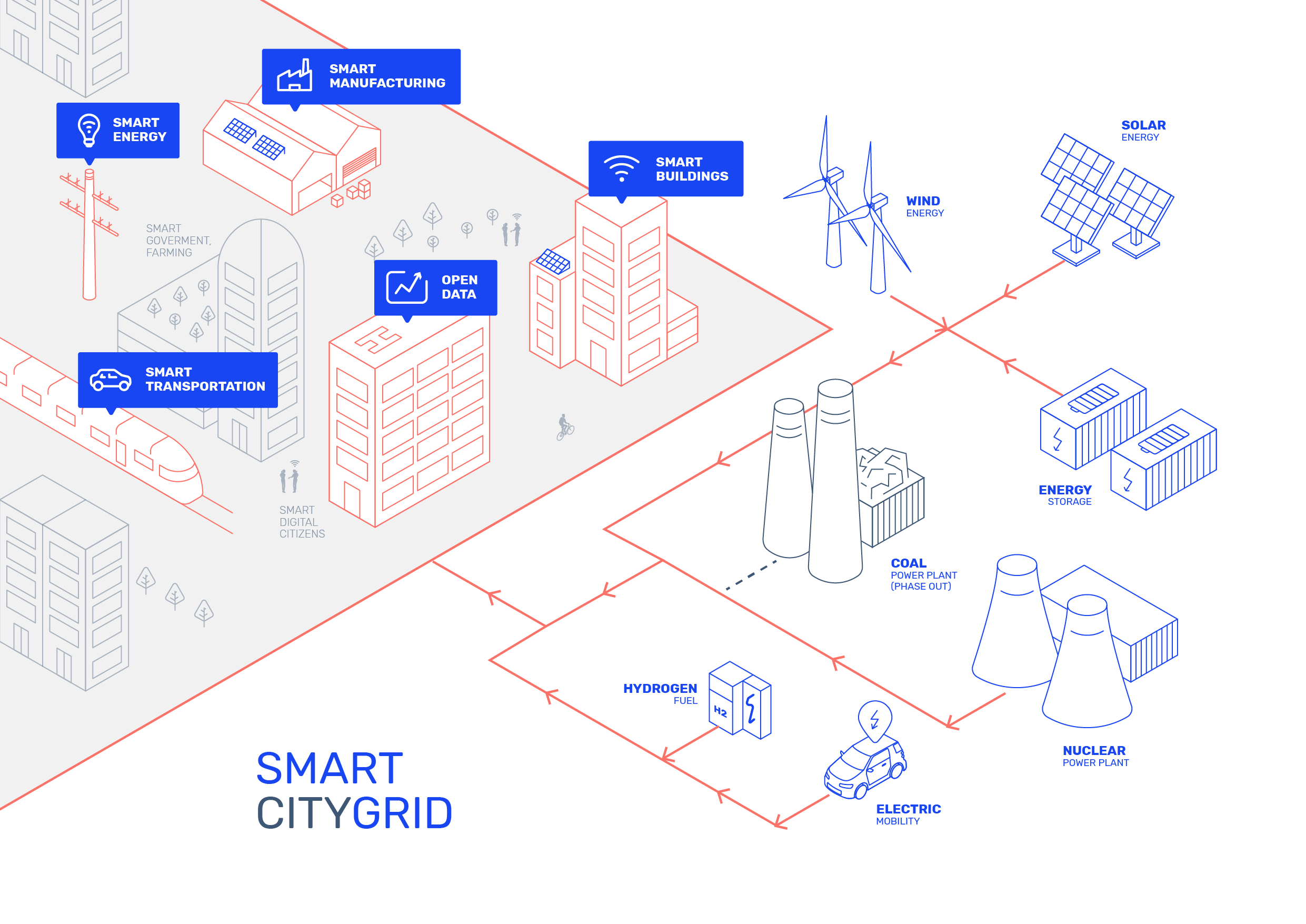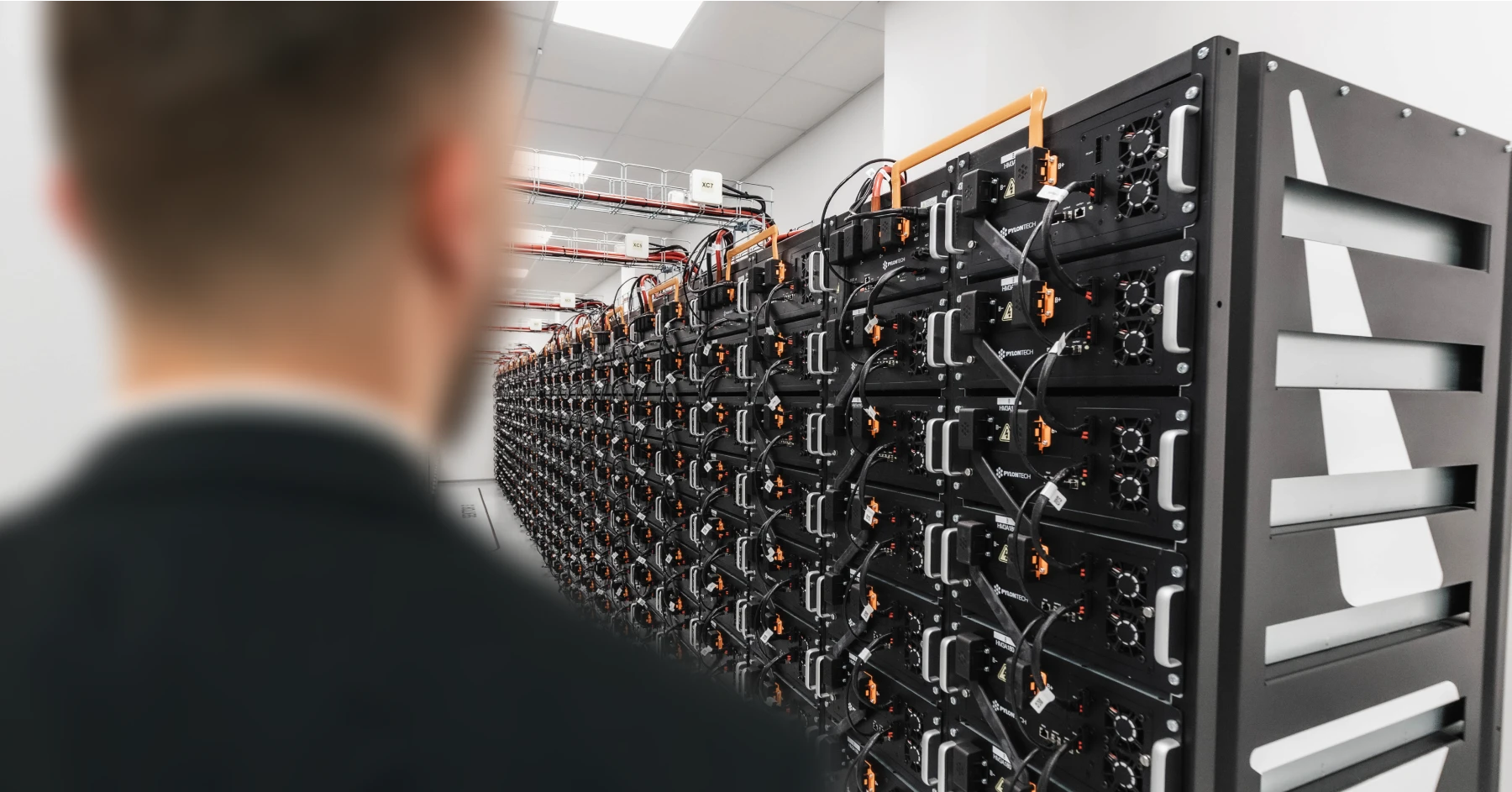
Building a safe, secure and efficient energy infrastructure is one of the EU's top goals, an objective which is due to receive a boost of almost 1 billion euros, with about 84% of that dedicated to electricity and Smart grids.
The goal is to upgrade outdated, traditional power grids to super-efficient networks with huge energy savings potential. The primary advantage of Smart grids is that they work with existing infrastructure without any need to modernize or build new power lines and pipes, which can come at a significant cost. More precisely, Smart grids considerably postpone the need for modernization.
Smart grids are basically a digital upgrade to standard power grids which are easy, inexpensive and quick to implement. In addition, the software enhancement generates immediate savings, paving the way for a higher share of renewable energy sources. In other words, it's like turning a classic, push-button phone into a powerful, multi-function smartphone.
Why is the traditional network no longer enough?
For many years, the process of generating and distributing electricity to end users has remained unchanged. Electricity suppliers prepare consumption plans using customer historical data and order a projected amount of electricity from power plants. However, in the past, energy consumption fluctuations were minimal and the transmission system was relatively stable (note: the amount of electricity produced must always be equal to the amount of electricity consumed).
The 21st century has brought major changes resulting in greater instability of the transmission system. The closing of coal-fired or nuclear power plants and their replacement by renewables, the expansion of electromobility and the fact that today, even our toothbrushes are electric all result in unpredictable fluctuations in energy production and consumption, which the power grid must manage and regulate. However, old-fashioned regulation services are not 100% efficient. It is often the case that excess energy is withdrawn without any meaningful use or on the other hand, make-up energy is supplied by unpopular coal-fired power plants.
More complex & online
Smart grids work with more than just historical data. The technology is constantly monitoring what is happening in the power grid and managing the flow of electricity each instant. The core of the Smart grid lies in software that collects and analyzes energy data, and autonomously decides how energy will be distributed. Information that energy suppliers were forced to exhaustingly collect from multiple sources is now processed in a single location, making the power grid much more predictable, flexible and reliable.
Smart grids receive data not only from smart meters, but also from other devices such as sensors and IoT (Internet of Things) devices. One such IoT device is the FUERGY Control unit, which is an integral part of every smart energy storage system brAIn. Thanks to these control units, online energy data is collected from renewable sources, energy storage and equipment such as air conditioners, electric boilers, heat pumps, and other energy-intensive appliances.

So, if the sun suddenly comes out and solar panels begin producing more energy than was forecasted, the Smart grid will find an optimal use for it. For example, energy storages will be charged or some devices will be switched on so that surplus energy is used as efficiently as possible and without any unnecessary loss. On the contrary, if there is an insufficient amount of electricity in the power grid, the software will order the storages to release accumulated energy. Proper energy management significantly reduces the costs associated with energy distribution, allowing suppliers to offer lower electricity prices to end-consumers.
Artificial intelligence, prosumers and energy communities
Digitalization of the energy sector allows for the possibility to integrate the latest technological advances such as artificial intelligence (AI). AI can learn the energy behavior of a particular delivery point, the entire power grid or even weather patterns, and better predict the development of electricity production and consumption. Just as in our everyday lives, anything that we can anticipate is much easier to organize. In the energy sector, this is not just a saying, it is a sacred rule.
With the arrival of Smart grids, the energy market is likely to change dramatically, especially with smaller players entering the game. In the coming years, we expect an intensive installation of energy stores and a growing number of prosumers - energy consumers who also produce their own electricity, through rooftop solar panels for example. These new entities will soon be able to sell surplus energy, which will help to increase the total share of green energy in the grid. Thanks to digitalization, it is also possible to virtually aggregate individual prosumers into energy communities that reach a high level of energy independence with minimal reliance on the power grid.
Nevertheless, the centralization of information within a single piece of software raises issues of data protection and cybersecurity. It is therefore extremely important to ensure the highest level of protection possible for all processes as well as sensitive data.
In any case, Smart grids are crucial for integrating a higher share of renewable energy sources and decarbonizing the energy sector. With FUERGY solutions, the revolution can start today.
We are living in the future of energy. Are you?





